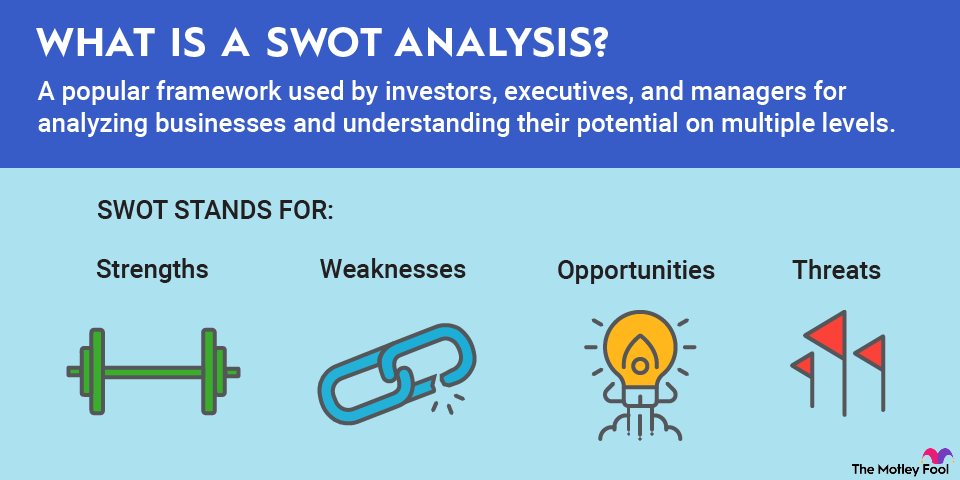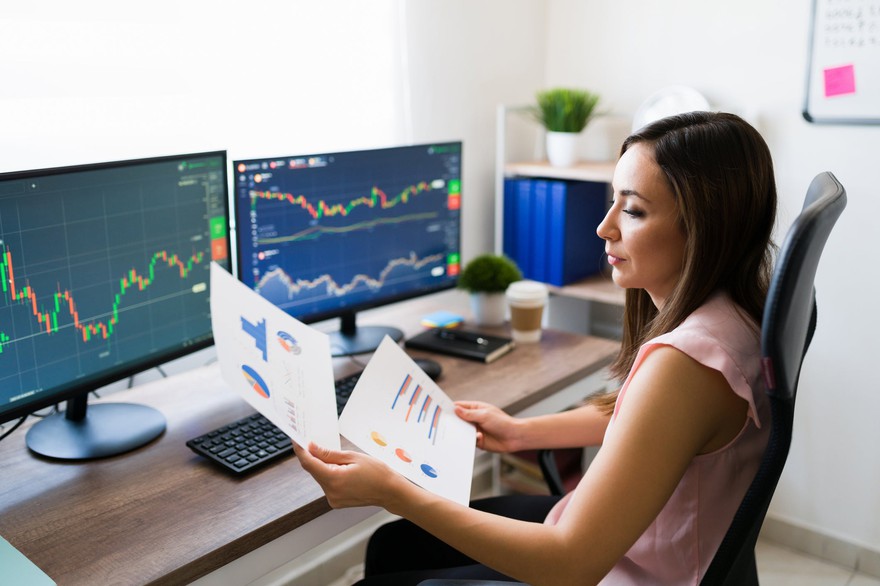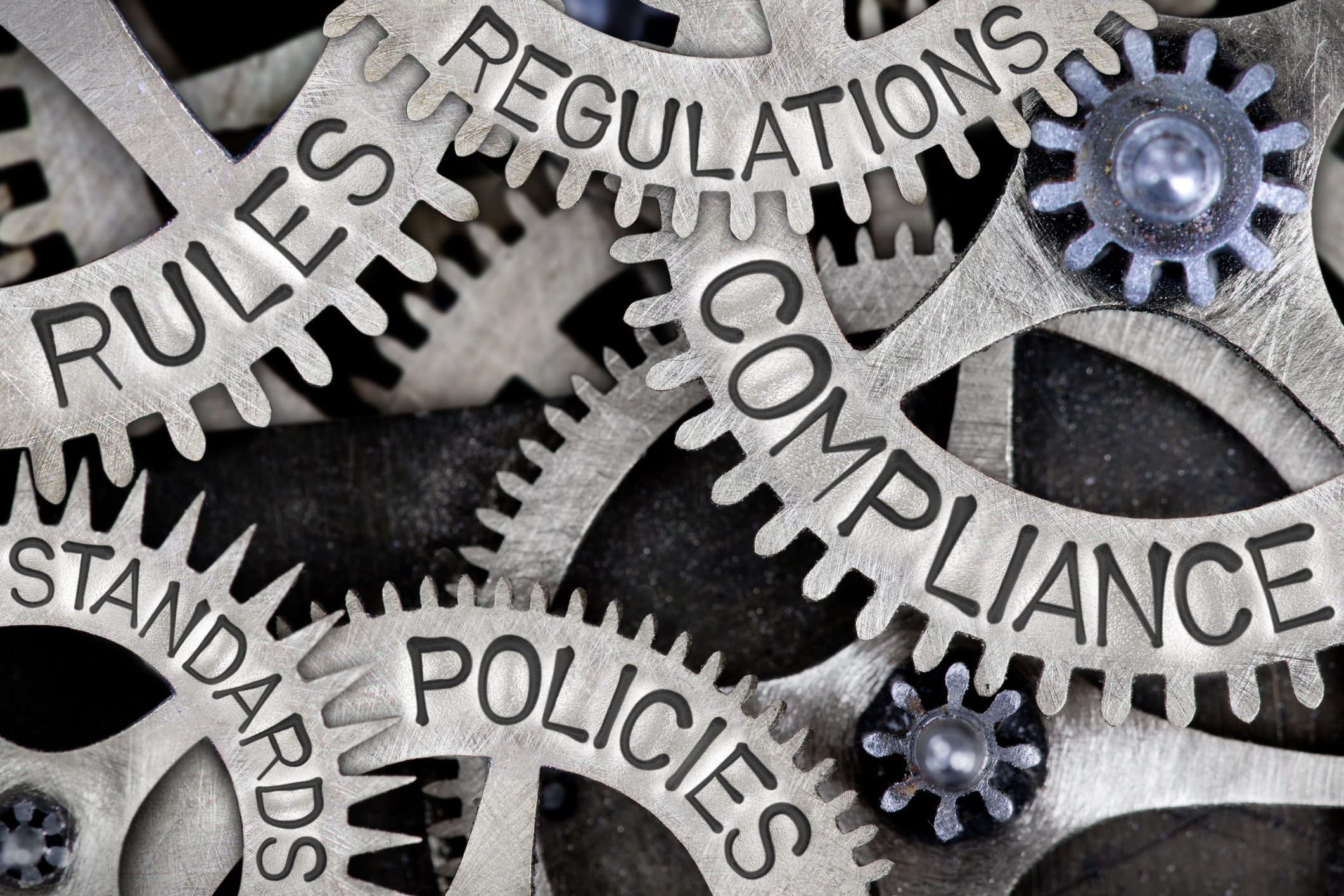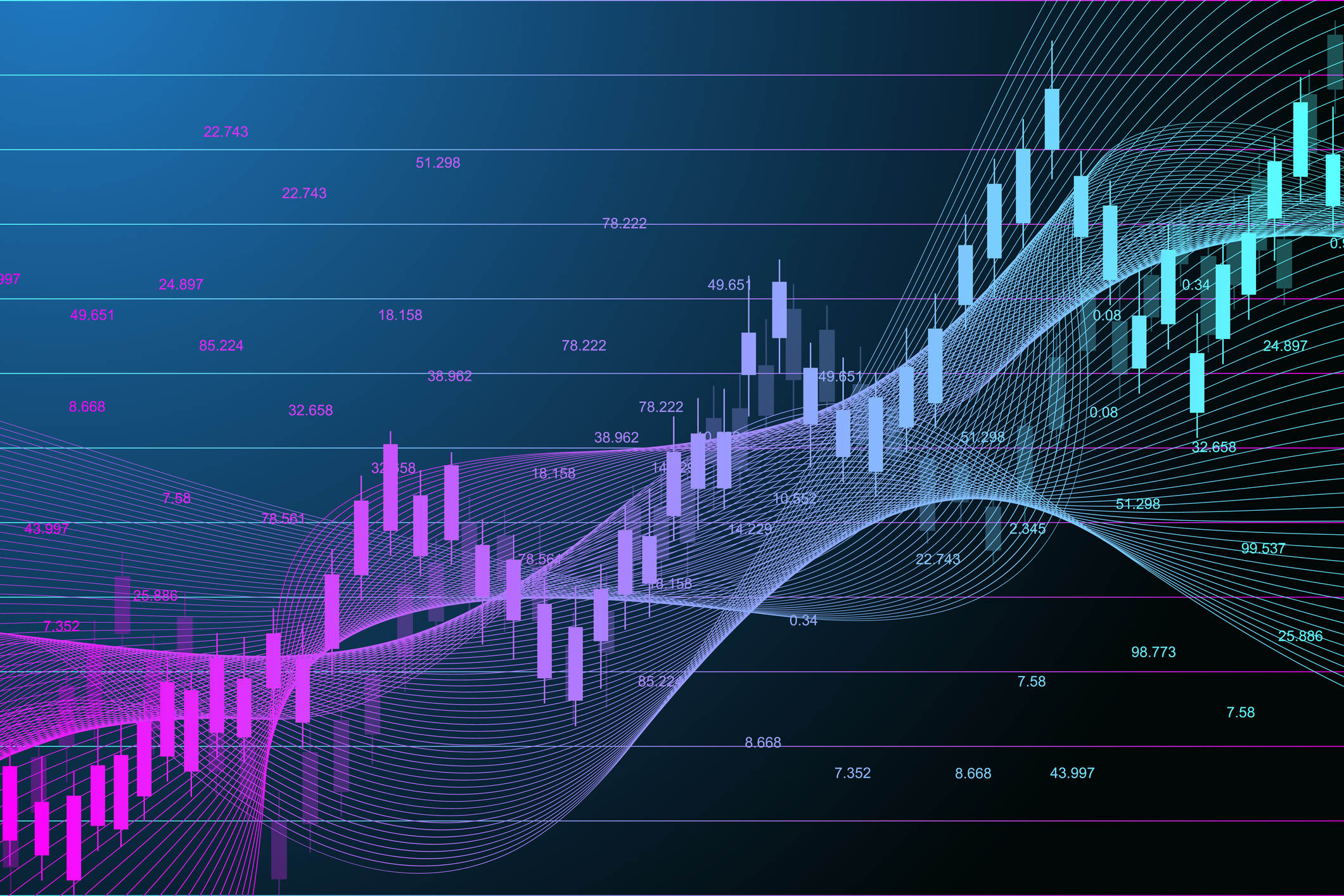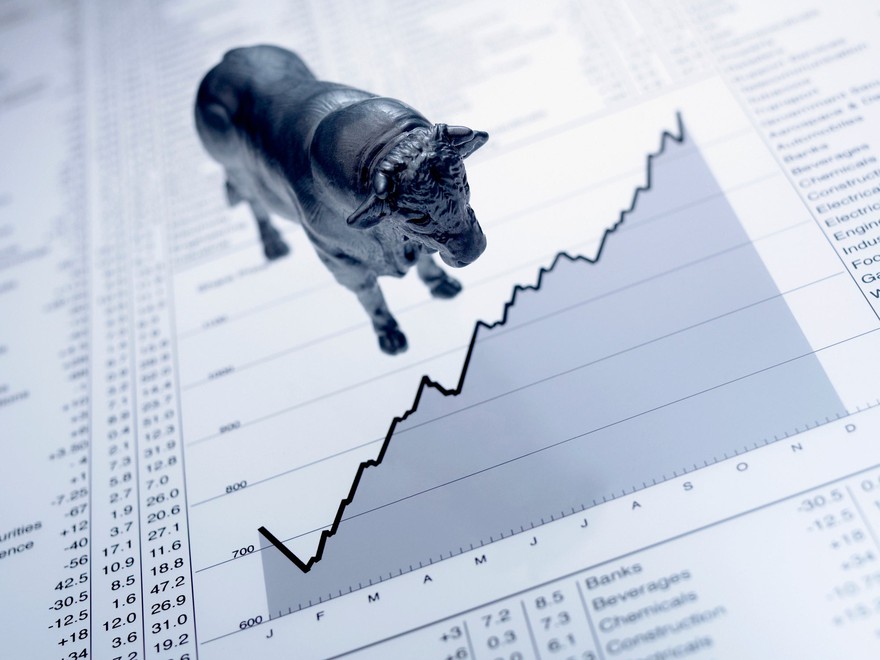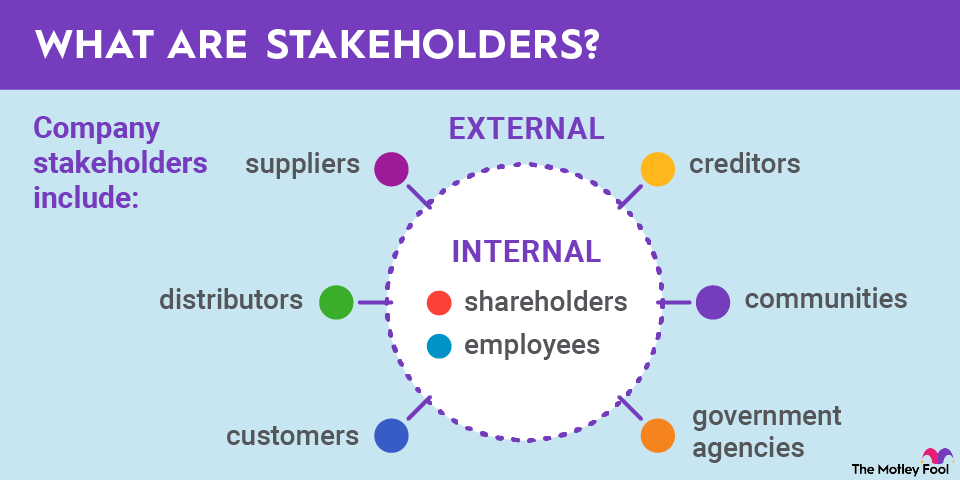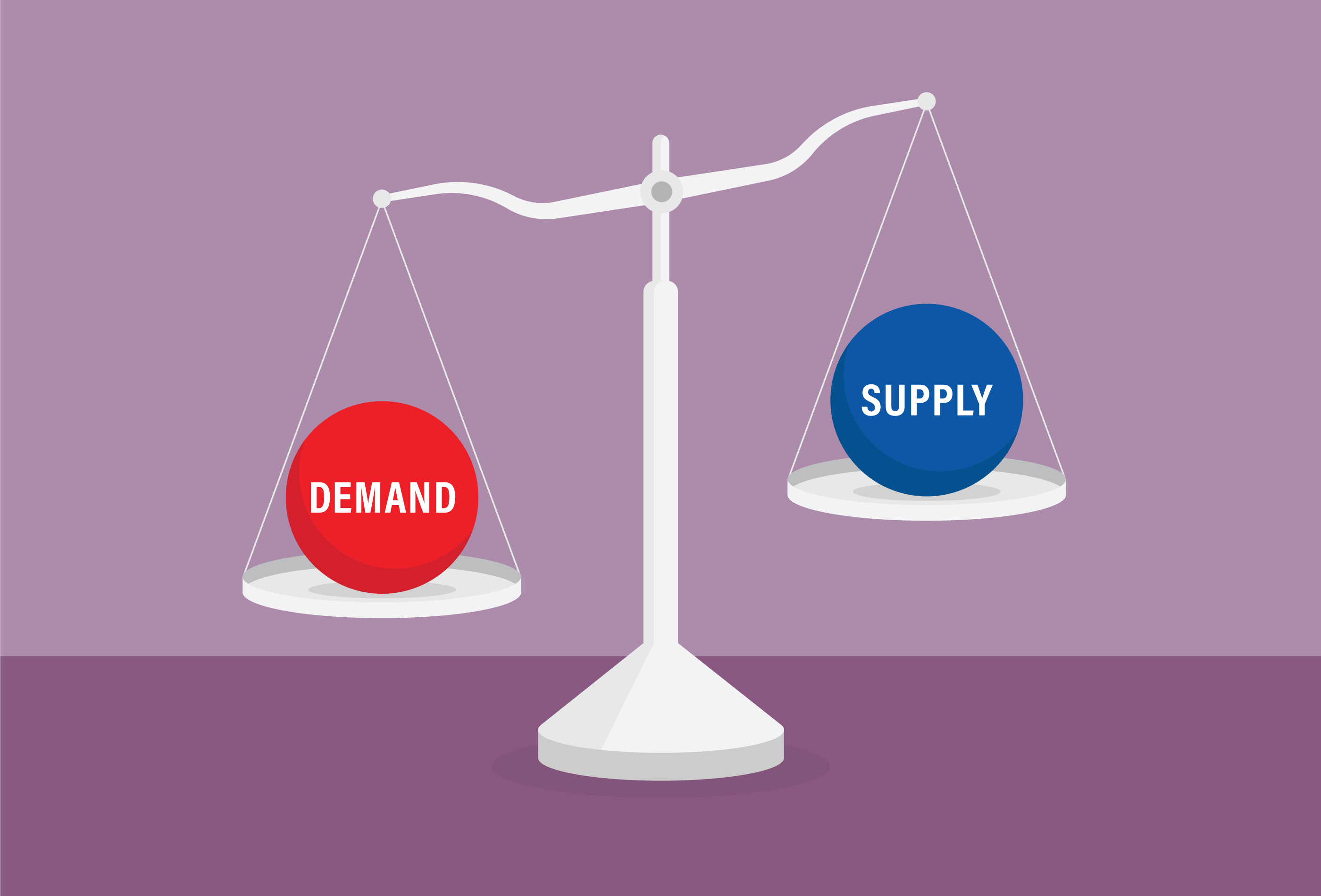A SPAC, or special purpose acquisition company, is another name for a "blank check company," meaning an entity with no commercial operations that completes an initial public offering (IPO).
After becoming a public company, the SPAC then acquires, or usually merges with, an existing private company, taking it public. Before completing a merger or acquisition, many SPACs provide no indication to investors about the type of company they plan to merge with or buy.
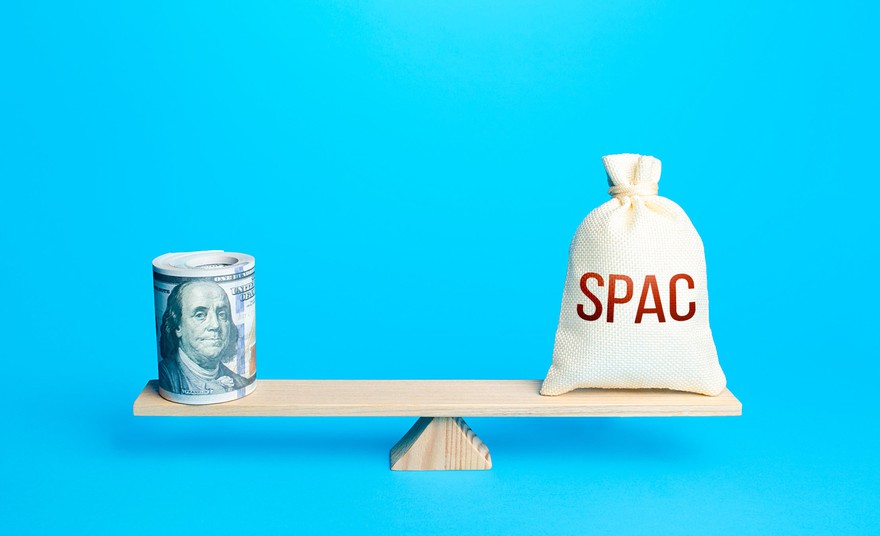
In effect, the "special purpose" of a SPAC is to bring a promising private company to the public investment market. Although SPAC strategies can be complicated, they tend to take less time to complete than traditional IPO listings and can be cheaper. The advisory fees associated with going public via a SPAC tend to be much less than the fees charged for a traditional IPO.
Early-stage companies can more easily comply with the requirements to merge with a SPAC than to complete an IPO.
What happens in a SPAC merger?
SPACs start by raising capital on a stock exchange, typically pricing their common stock at $10 and offering warrants to buy additional shares as a sweetener to entice investors to buy into the unknown. The initial sale of stock is the SPAC raise, or SPAC IPO, and the money is held in a trust account until a merger partner is found.
The SPAC then identifies and negotiates a business combination with a private company, swapping the cash it raised via its initial public offering (IPO) and its status as a publicly traded entity for a percentage of the post-merger business. Institutional investors are often brought in to provide more cash to the combination, receiving shares of the target company in return.
The starting $10 share price tends to change once investors know the target company and the terms of the deal. Investors gain a better idea of share value, and the share price adjusts accordingly. SPAC share prices tend to soar when the acquisition target is announced, but if sentiment changes or the deal overly dilutes the value of the original shares by including too much money from new investors, a SPAC's share price may decline after the deal is announced.
Once a deal is announced, the de-SPAC transition begins. There is usually time between a formal merger announcement and the close of a deal when investors vote on the deal and other legal matters are resolved.
One of the first high-profile SPAC deals featured Richard Branson's space tourism start-up Virgin Galactic (SPCE +0.64%). In late 2019, venture capitalist Chamath Palihapitiya formed a SPAC called Social Capital Hedosophia Holdings. The SPAC merged with Virgin Galactic, taking it public.
Shareholders of Social Capital Hedosophia Holdings received a 49% stake in the combined company, while Virgin Galactic received about $800 million in cash and a public ticker allowing it to trade on a stock exchange.
SPACs generally have between 18 and 24 months to find a merger partner after raising money. If they do not, the funds held in the trust account are returned to investors.
Why would someone invest in a SPAC?
Investors who buy into a SPAC prior to the announcement of a merger or acquisition are relying on the SPAC's sponsors -- its management team -- to choose an attractive target. For that reason, it matters who is sponsoring a SPAC.
Many SPACs are backed by high-profile investors like Palihapitiya, while others affiliate with celebrities or famous athletes to attract attention.
SPAC share prices tend to be relatively stable before the merger. A SPAC typically invests the money it raised when it was formed in government bonds or other safe investments to earn a modest return while limiting potential downside while it searches for a merger partner.
Buying shares in a new SPAC amounts to a leap of faith, but the payoff can be substantial. The change in share price can occur immediately once a deal is announced, but the only way for an individual investor to fully benefit from that rapid price increase is to invest when the SPAC is still searching for a deal.
DraftKings (DKNG -2.25%), the nearly decade-old company focused on fantasy sports, became a public company by merging with a SPAC early in 2020. The company's valuation quickly ballooned from about $3 billion to $13 billion in a matter of months. That's the sort of growth SPAC investors are trying to capture by committing money early.
One major benefit of not buying shares of a SPAC until after a merger is announced is that you know exactly what you're buying. But the rest of the market does, too, and the SPAC's share price likely already reflects that knowledge.
Expert views
Expert views on SPACs
Related investing topics
A word of caution on investing in SPACs
Although investing in SPACs theoretically enables individual investors to gain portfolio exposure to young companies in red-hot sectors, it's important to remember that disclosure rules for SPAC deals differ from the disclosure rules governing IPOs.
For IPOs, companies are permitted to share past financial results and talk broadly about the markets in which they operate, but they are prohibited from projecting future financial performance. In contrast, a company going public via a SPAC deal is allowed to present detailed revenue and profit projections that are forward-looking by five years or more.
For young, pre-revenue companies that might prefer for investors to focus on their potential instead of their unimpressive results so far, that regulatory distinction confers a significant benefit.
Exactly how far SPACs are allowed to project is still a matter of debate. We've seen the Securities and Exchange Commission launch a number of investigations into SPAC deals focused on what was disclosed and how realistic it was. Future deals are likely to be adjusted based on how the Securities and Exchange Commission views these things.
SEC (Securities and Exchange Commission)
If nothing else, investors should be aware that the rules are different than with an IPO.
The traditional IPO process is cumbersome and restrictive, partly to ensure individual investors are protected. Investors invariably lose some protections when they invest in SPACs. Investing in younger, less-established companies carries greater upside potential but also greater risk.
A cautionary tale is the SPAC merger deal between VectoIQ (NASDAQ:VTIQ) and electric truck start-up Nikola (NASDAQ:NKLA). VectoIQ shares rapidly increased in value in March 2020 when the merger deal was announced, and they were up by more than 600% by midsummer of 2020. Later in the summer, after the merger closed, questions surfaced about the viability of Nikola's products.
By June 2023, shares of Nikola were trading for less than $1, and the company's market capitalization was less than $400 million -- 99% less than the stock's all-time high.
It's impossible to know whether an IPO would have raised enough red flags about Nikola for investors, but in hindsight, clearly insufficient due diligence was conducted before the SPAC merger was completed.


